Downingtown, PA 19335
United States
PTZOptics
Model: PT30X-4K-GY-G3

The Rise of Video Technology in Modern Courtrooms: Enhancing Justice and Accessibility
Aug. 7, 2024 - In recent years, the integration of video technology in courtrooms has revolutionized the way legal proceedings are conducted. This advancement has not only improved the efficiency of the justice system but also enhanced accessibility and transparency. Let’s explore how video technology is transforming courtrooms across the nation.
Remote Participation and Virtual Hearings
One of the most significant impacts of video technology in courtrooms is the ability to conduct remote hearings. This capability has become especially crucial in recent times, allowing courts to continue operations even when physical presence is challenging or impossible. Virtual hearings enable:
- Increased accessibility for participants who may have difficulty traveling to court
- Reduced costs associated with transportation and court logistics
- Improved scheduling flexibility for judges, attorneys, and witnesses
Advanced Video Recording and Streaming
Modern courtrooms are now equipped with state-of-the-art video recording and streaming capabilities. These systems offer several benefits:
- High-quality documentation of proceedings for accurate record-keeping
- Live streaming of public trials, promoting transparency and public access to justice
- Enhanced review capabilities for judges and attorneys during and after trials
PTZ Cameras: Precision and Flexibility
Pan-Tilt-Zoom (PTZ) cameras have become a staple in courtroom video systems. These versatile cameras offer:
- Remote control capabilities, allowing operators to adjust views without disrupting proceedings
- Preset positions for quick transitions between different areas of the courtroom
- High-quality zoom features for capturing detailed evidence presentations
For example, PTZOptics cameras are being increasingly adopted in courtrooms due to their reliability and advanced features such as NDAA compliance and easy integration with control systems.
Evidence Presentation and Display
Video technology has transformed how evidence is presented in court:
- Large displays and projectors allow for clear viewing of digital evidence
- Document cameras enable real-time display of physical evidence
- Video annotation tools help attorneys highlight key points during presentations
Remote Witness Testimony
Video conferencing technology enables remote witness testimony, offering several advantages:
Reduced travel costs and logistical challenges for expert witnesses
Increased safety for vulnerable witnesses who can testify from secure locations
Ability to hear testimony from witnesses who are unable to travel due to health or other constraints
Centralized Management with Hive
Advanced management systems like PTZOptics Hive are streamlining courtroom technology operations:
- Centralized control of multiple cameras and AV equipment
- Remote troubleshooting and maintenance, reducing downtime
- Simplified user interfaces for court staff to manage complex systems
Challenges and Considerations
While video technology offers numerous benefits, it also presents challenges:
- Ensuring equal access to technology for all parties involved in legal proceedings
- Maintaining the security and privacy of sensitive information
- Training court staff and legal professionals to effectively use new technologies
Conclusion
The integration of video technology in courtrooms is not just a trend but a fundamental shift in how justice is administered. As these technologies continue to evolve, we can expect even more innovative solutions that enhance the efficiency, accessibility, and fairness of our legal system. The future of courtrooms is here, and it’s digital, connected, and more accessible than ever before.

Create Spaces
623 S Americana Blvd, Boise, ID 83702
Boise, ID 83702
USA
2083850507
https://createspaces.com/

